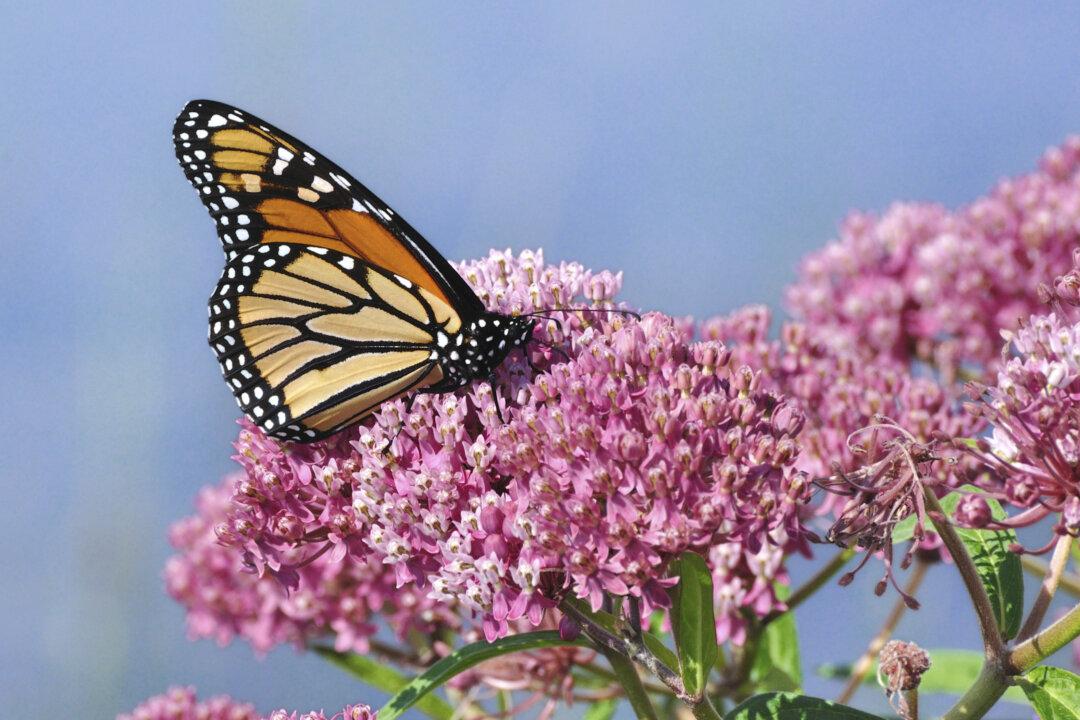PISMO BEACH, Calif.—The U.S. Fish and Wildlife Service anticipates that the Western monarch butterfly will receive a federal listing on the endangered species list in 2024, but the results of a population survey done by a conservation group are encouraging.
The monarchs had endured much since their arrival at California’s Pismo Beach Monarch Garden Grove—torrential rains, floodwaters, toppled trees, cold snaps, and hungry predators.





